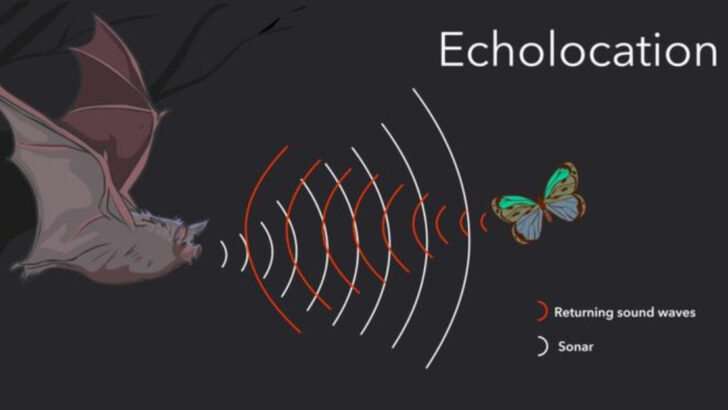The animal kingdom is filled with marvels, and one of the most intriguing is the way certain species communicate using frequencies beyond human hearing. From the depths of the ocean to the dense forests, these creatures have evolved unique methods to convey messages. Each of the following species employs a distinct auditory signature, allowing them to thrive in their respective environments. This blog post explores ten fascinating species that utilize sounds imperceptible to human ears.
Bats
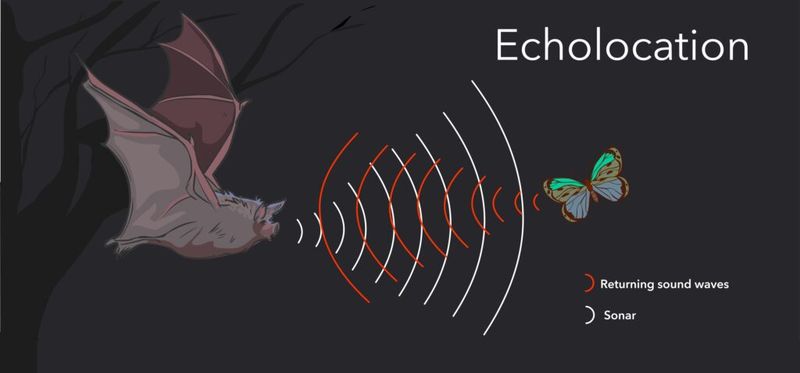
Bats, often seen flitting through the night, use echolocation to navigate and hunt. This ability relies on ultrasonic sound waves, which bounce off objects and return to the bat’s sensitive ears. By interpreting these echoes, bats can discern their surroundings with incredible precision.
Interestingly, different species of bats produce varying echolocation calls, some reaching frequencies up to 120 kHz, well beyond human hearing. This specialization allows them to hunt specific prey or avoid obstacles in pitch-dark environments.
Their unique communication method is a testament to nature’s ingenuity, enabling survival in nocturnal worlds.
Dolphins
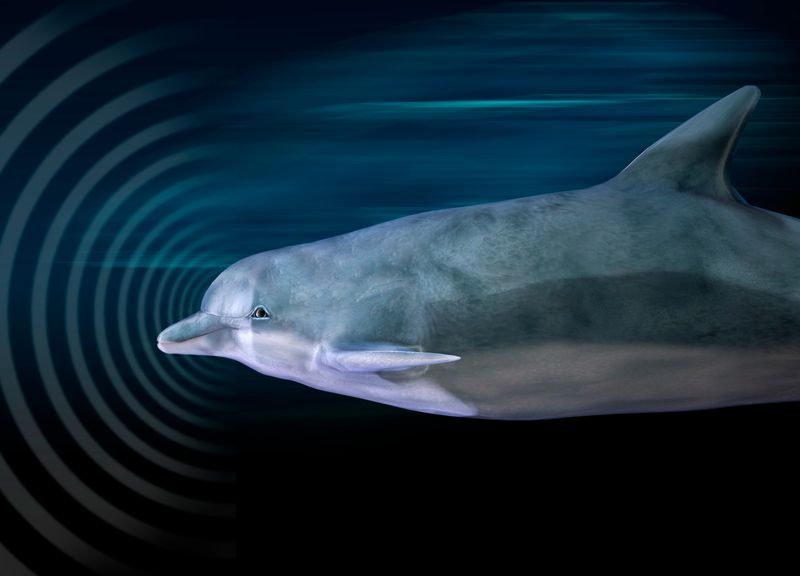
Dolphins, known for their intelligence and playful nature, communicate using a complex system of clicks and whistles. These sounds often fall within the ultrasonic range, allowing intricate exchanges between pod members.
Their clicks serve a dual purpose: communication and echolocation, enabling dolphins to find food and navigate murky waters. With frequencies reaching up to 150 kHz, their vocalizations reveal a sophisticated social structure.
In their underwater world, sound travels faster and farther, making it an essential tool for survival and interaction, showcasing their remarkable adaptation skills.
Elephants
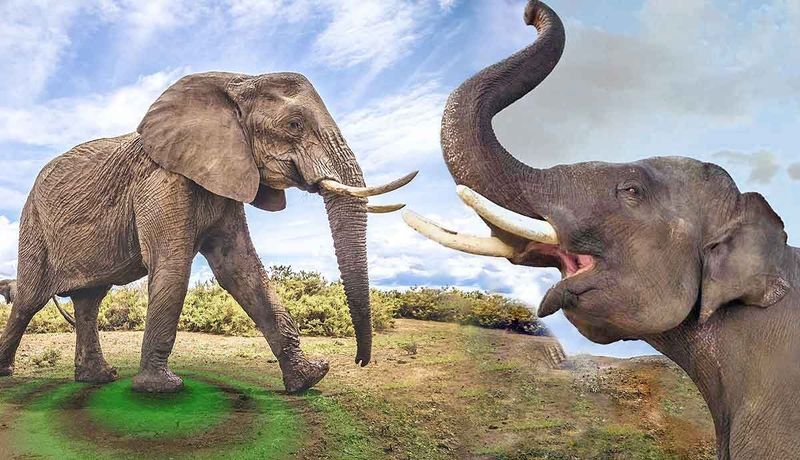
Elephants, with their majestic presence, communicate through low-frequency sounds known as infrasound. These sounds can travel several miles, allowing elephants to stay in contact over large distances.
Infrasound is used for various purposes, including coordinating group movements and signaling danger. With frequencies as low as 14 Hz, these vocalizations are inaudible to humans but are essential for their social interactions.
This form of communication reflects the elephants’ complex social structure and their ability to interact in vast landscapes, making them one of nature’s most intriguing communicators.
Mice
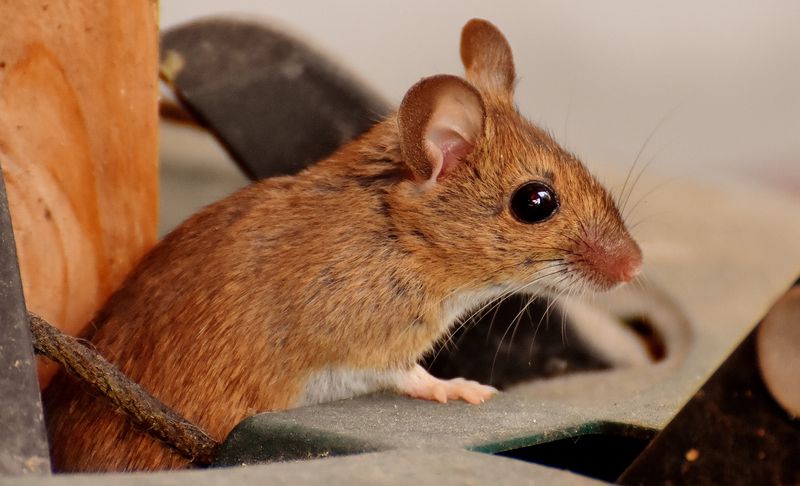
Mice, though small and often hidden, possess a surprising mode of communication: ultrasonic squeaks. These high-pitched sounds, which can exceed 100 kHz, are used primarily for mating calls and social interactions.
Their ultrasonic vocalizations help them communicate without attracting predators, ensuring safety in their environments. These sounds also play a role in establishing territory and hierarchy within communities.
Mice’s ability to communicate using sounds beyond human hearing highlights their adaptability and the subtle complexities of their social lives.
Whales
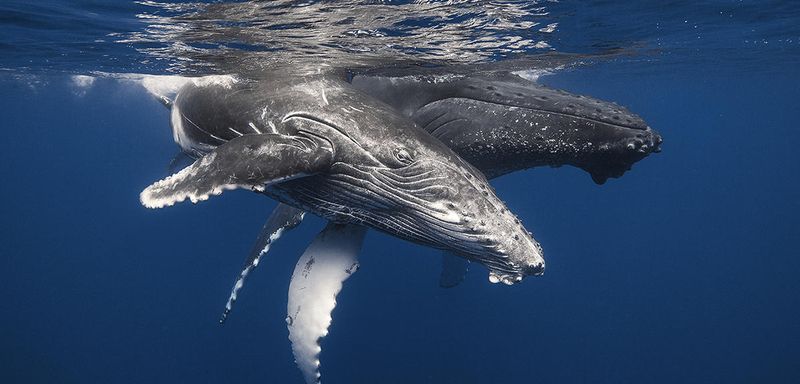
Whales are renowned for their haunting songs, which can travel great distances underwater. These songs often contain infrasonic components, well below the range of human hearing.
Infrasonic sounds allow whales to communicate across vast ocean expanses, coordinating migrations and social interactions. These vocalizations can reach frequencies as low as 10 Hz, resonating through the deep sea.
This form of long-distance communication showcases whales’ advanced social behaviors and their mastery of the ocean’s acoustic properties, making them extraordinary marine creatures.
Dogs
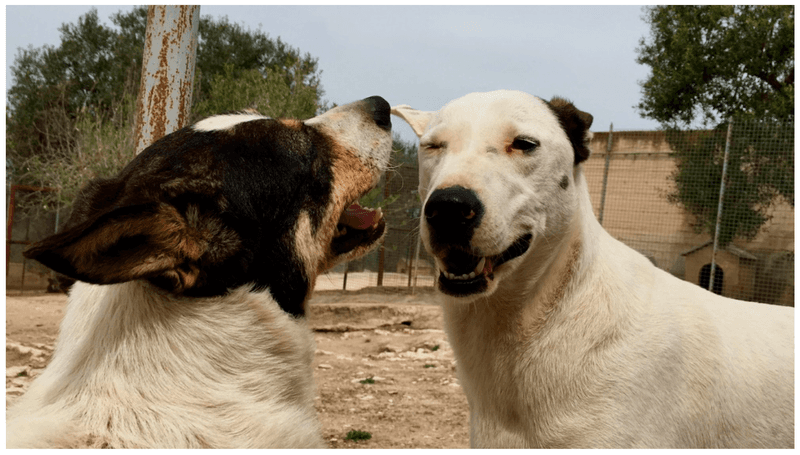
Dogs, our loyal companions, communicate using a range of sounds, some of which are inaudible to humans. These high-frequency barks and whines are often used to express emotions or signal needs.
Dogs’ ability to hear and produce sounds above the human hearing range plays a crucial role in their interaction with both humans and other animals. Frequencies can reach up to 45 kHz, providing a nuanced means of expression.
Their vocal versatility and acute hearing abilities are key to understanding their behaviors and strengthening the human-animal bond.
Birds (Cowbirds)
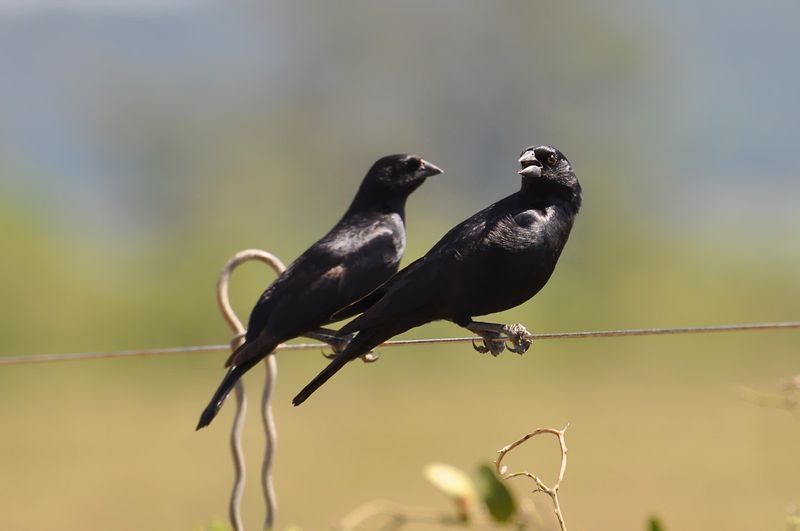
Cowbirds, a unique avian species, utilize high-frequency sounds to communicate within their flocks. These vocalizations often include notes above the human hearing threshold, aiding in complex social coordination.
Their high-pitched calls serve various purposes, from warning of predators to maintaining group cohesion during migration. Frequencies can soar above 8 kHz, showcasing an intricate auditory culture.
Such communication highlights cowbirds’ social intelligence and adaptation, making them fascinating subjects in the study of avian behaviors.
Cats
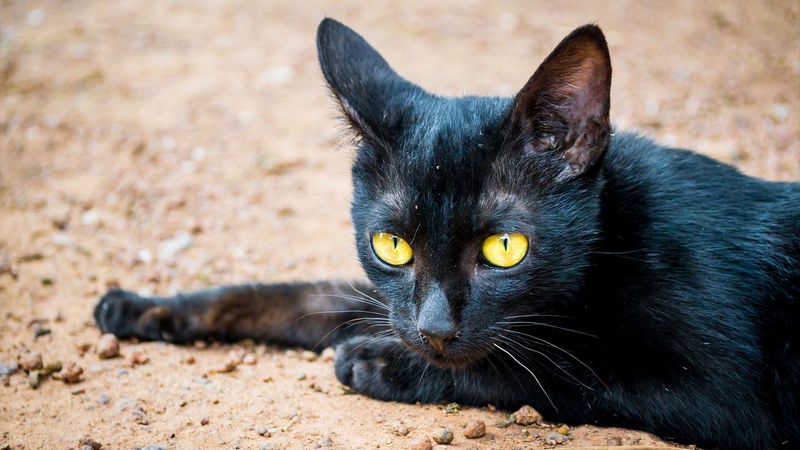
Cats, known for their mysterious demeanor, possess the ability to hear ultrasonic sounds, a skill crucial for hunting. They can detect frequencies up to 79 kHz, far beyond human capacity.
This keen auditory sense allows cats to track the high-pitched calls of small prey, giving them a predatory edge. Their communication also includes subtle sounds that may not be audible to human ears.
Such auditory prowess underscores cats’ enigmatic nature and their role as effective hunters in the animal kingdom.
Crickets

Crickets, often heard on warm nights, produce sounds through stridulation, a process involving the rubbing of wings. These chirps can include ultrasonic frequencies, serving various communicative purposes.
Primarily, male crickets use these sounds to attract females and establish dominance. Frequencies can reach above 50 kHz, facilitating nuanced interactions within their habitat.
Crickets’ ultrasonic communication is a symphony of survival instincts, showcasing evolutionary adaptations that ensure reproductive success and social organization.
Frogs
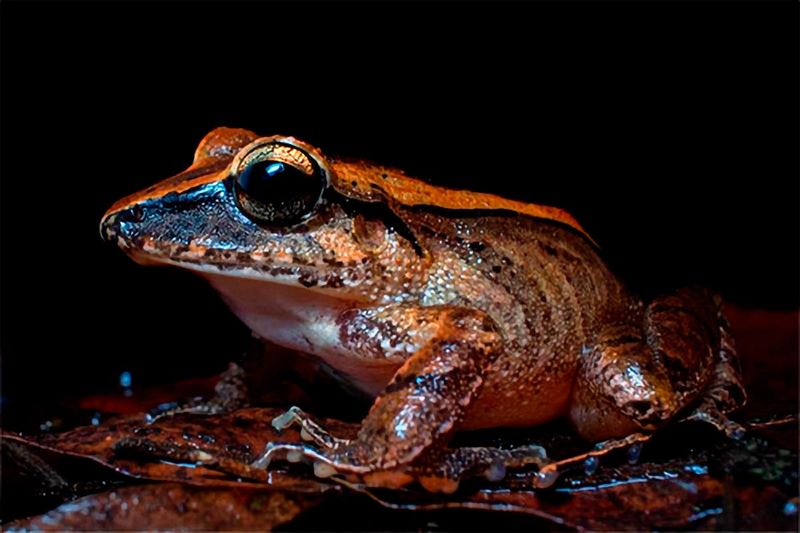
Frogs, especially those in dense tropical forests, communicate using a chorus of calls that can include ultrasonic elements. These sounds play crucial roles in mating rituals and territorial disputes.
Ultrasonic calls enable frogs to effectively communicate amidst the cacophony of jungle sounds, ensuring their messages are heard by intended recipients. Their vocal range can extend beyond typical amphibian limits.
This form of communication reflects frogs’ adaptability to diverse ecosystems, demonstrating their evolutionary success in vibrant habitats.

